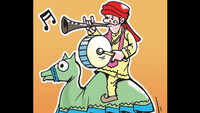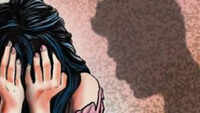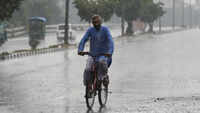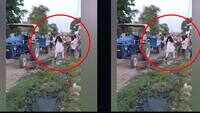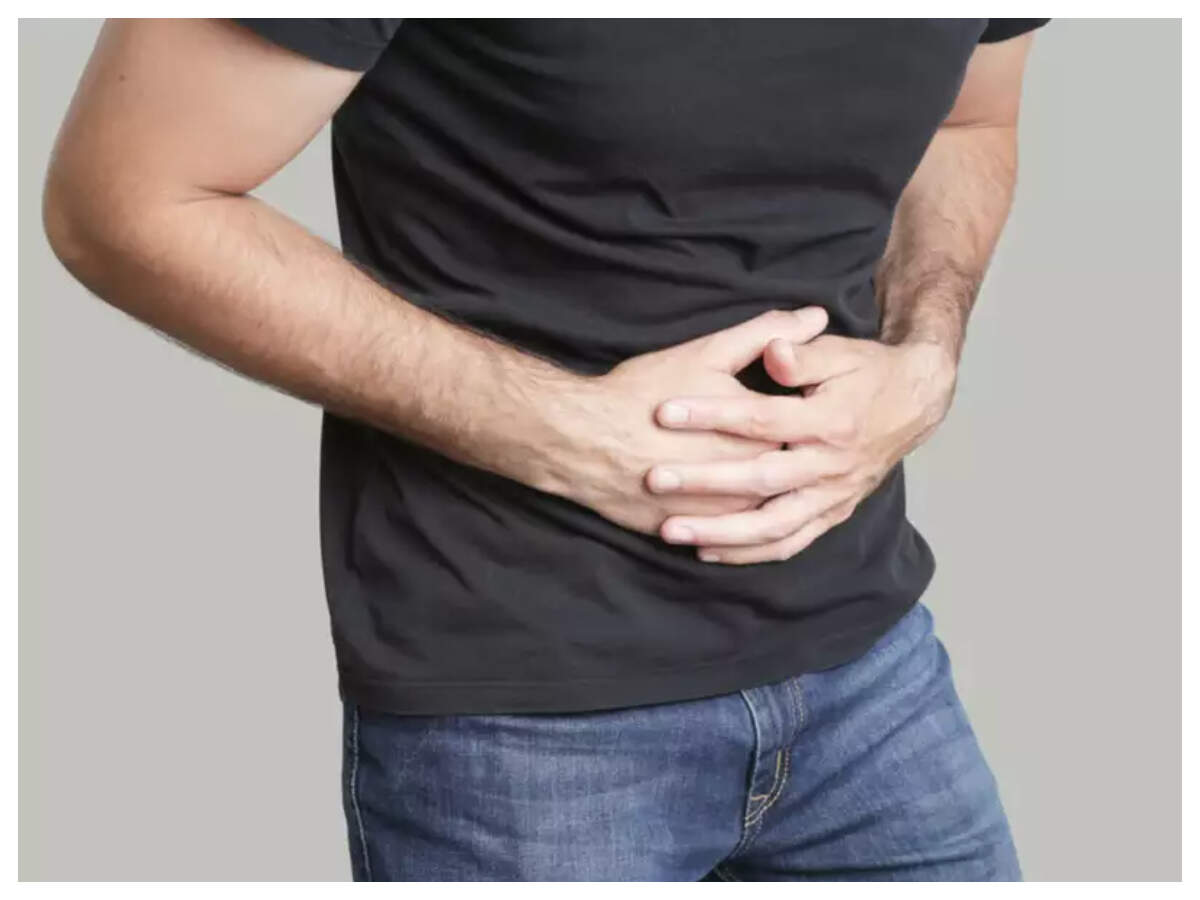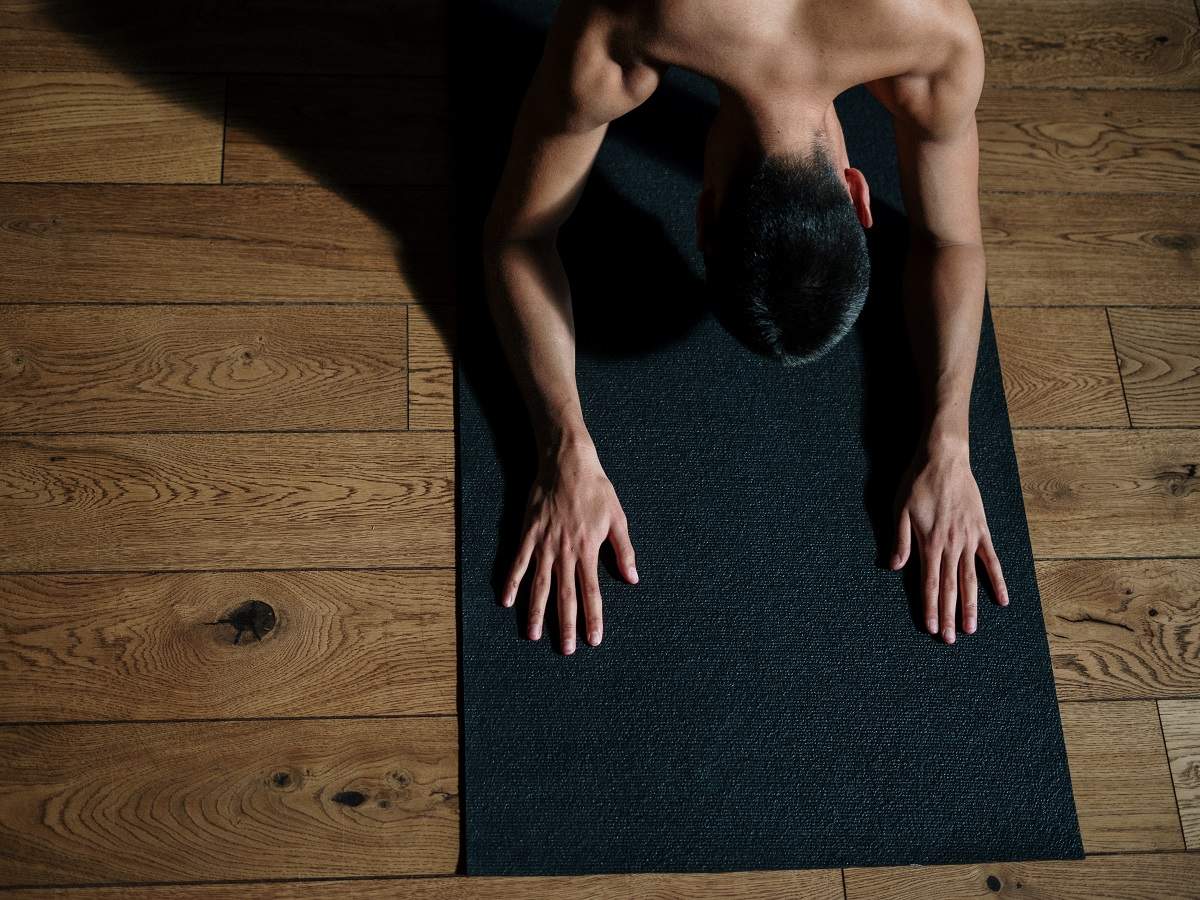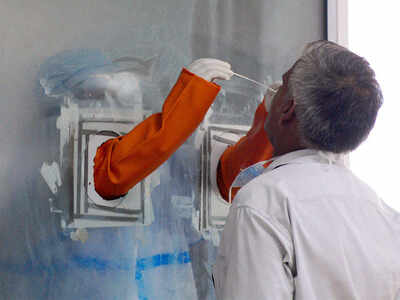
NOIDA: Members of several apartment owners’ associations and residents’ welfare associations were told to help the Noida administration in tracking people with Covid-like symptoms and arrest the spread of the infection.
Narendra Bhooshan, the nodal officer in charge of Covid care in the district, held a video conference with AOA representatives on Sunday and directed them to maintain a list of society residents who are aged above 60 years and those having comorbidities like diabetes, blood pressure and kidney-related problems. They were also told to keep tabs on people displaying symptoms of influenza-like illness or severe acute respiratory illness.
At a time the district has been witnessing a sharp spike in Covid cases, tracking people with symptoms appears to be the key to containing the spread of the virus. In addition to Asha workers, who have been helping out the health department with surveillance, the administration has now been reaching out to common residents, officials said. Several RWAs have formed WhatsApp groups to keep the administration informed.
More RWAs and AOAs are likely to be approached in the coming days with the same directive. “The fight against Covid-19 will have to continue. I have had discussions with a few AOAs and RWAs and we are trying to ensure they can help us in tracking down residents with symptoms. They should also maintain a list of residents with comorbidities,” said Bhooshan.
Officials said maintaining a list would also help the health department in early detection of patients and minimising the mortality rate. “Our prime focus should be early detection of people with comorbidities. This will help bring down the death rate. As part of this strategy, we have been told to keep the health department informed about such patients,” said
Rajiva Singh, president of the Noida Federation of Apartments Owners’ Association (NOFAA), which has about 70 apartment complexes as members. So, the RWA members will now have to monitor residents by measuring their temperatures, oxygen saturation levels and observing general symptoms. “The idea is to identify patients at the earliest so that they can be tested and the health department can take necessary steps,” said Bhooshan.
Narendra Bhooshan, the nodal officer in charge of Covid care in the district, held a video conference with AOA representatives on Sunday and directed them to maintain a list of society residents who are aged above 60 years and those having comorbidities like diabetes, blood pressure and kidney-related problems. They were also told to keep tabs on people displaying symptoms of influenza-like illness or severe acute respiratory illness.
At a time the district has been witnessing a sharp spike in Covid cases, tracking people with symptoms appears to be the key to containing the spread of the virus. In addition to Asha workers, who have been helping out the health department with surveillance, the administration has now been reaching out to common residents, officials said. Several RWAs have formed WhatsApp groups to keep the administration informed.
More RWAs and AOAs are likely to be approached in the coming days with the same directive. “The fight against Covid-19 will have to continue. I have had discussions with a few AOAs and RWAs and we are trying to ensure they can help us in tracking down residents with symptoms. They should also maintain a list of residents with comorbidities,” said Bhooshan.
Officials said maintaining a list would also help the health department in early detection of patients and minimising the mortality rate. “Our prime focus should be early detection of people with comorbidities. This will help bring down the death rate. As part of this strategy, we have been told to keep the health department informed about such patients,” said
Rajiva Singh, president of the Noida Federation of Apartments Owners’ Association (NOFAA), which has about 70 apartment complexes as members. So, the RWA members will now have to monitor residents by measuring their temperatures, oxygen saturation levels and observing general symptoms. “The idea is to identify patients at the earliest so that they can be tested and the health department can take necessary steps,” said Bhooshan.
Quick Links
Kerala Coronavirus Helpline NumberHaryana Coronavirus Helpline NumberUP Coronavirus Helpline NumberBareilly NewsBhopal NewsCoronavirus in DelhiCoronavirus in HyderabadCoronavirus in IndiaCoronavirus symptomsCoronavirusRajasthan Coronavirus Helpline NumberAditya ThackerayShiv SenaFire in MumbaiAP Coronavirus Helpline NumberArvind KejriwalJammu Kashmir Coronavirus Helpline NumberSrinagar encounter
Get the app

